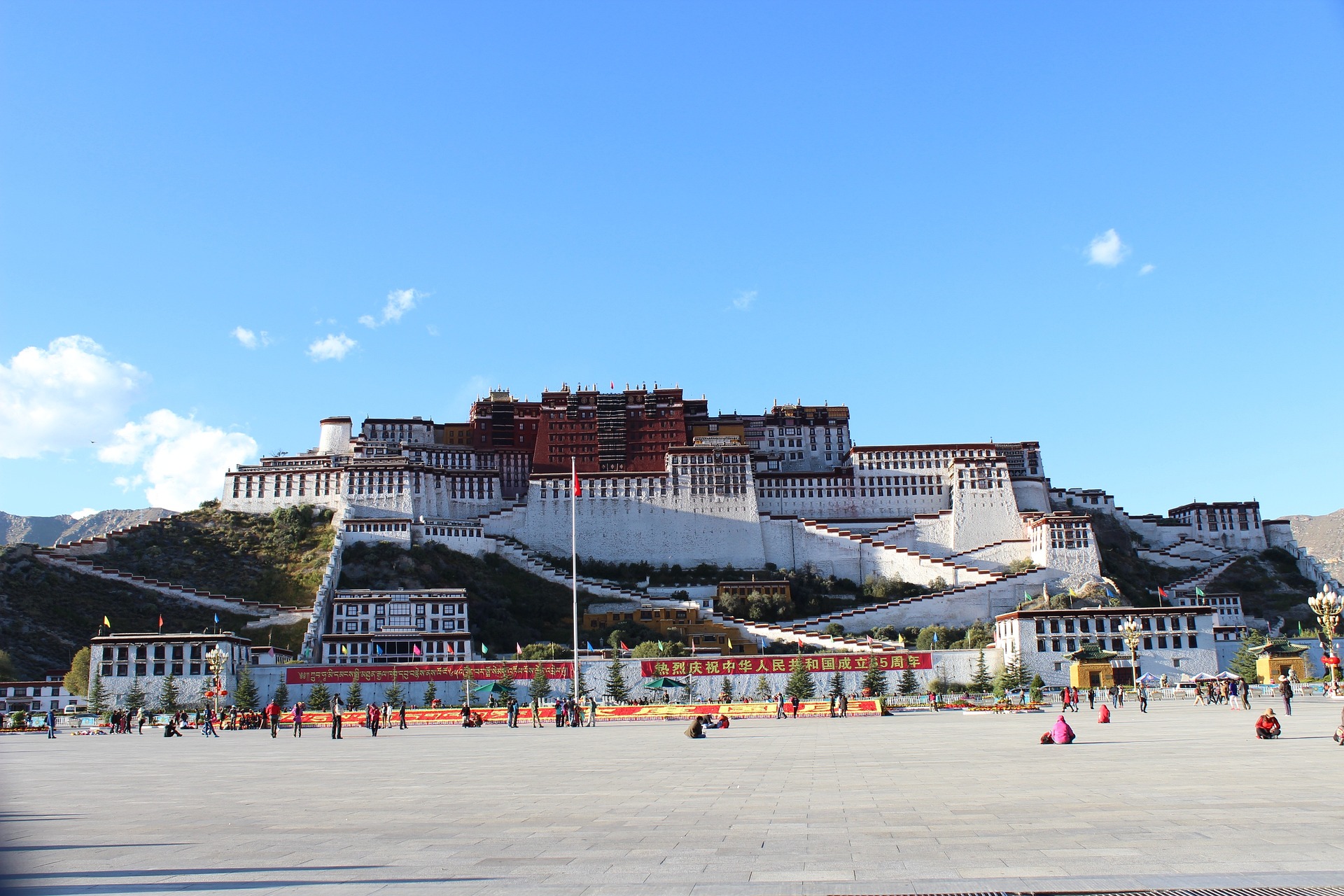
Advertisment
The Potala Palace is a historic and iconic architectural marvel located in Lhasa, Tibet Autonomous Region, China. It is situated on the Red Hill, also known as Marpo Ri, in the heart of Lhasa Valley, at an altitude of 3,700 meters (12,100 feet) above sea level. The palace is named after Mount Potalaka, the mythical abode of the bodhisattva Avalokiteśvara.
Key features and information about the Potala Palace include:
- Historical Significance: The Potala Palace has great historical and cultural significance as it served as the winter residence of the Dalai Lama, the spiritual leader of Tibetan Buddhism. It was originally built in the 7th century by the Tibetan king Songtsen Gampo and later expanded by the Fifth Dalai Lama in the 17th century.
- Architectural Style: The palace is a massive structure with a unique blend of Tibetan and Han Chinese architectural styles. It is a symbol of Tibetan Buddhism and is renowned for its grandiose design, featuring intricate murals, sculptures, and various treasures.
- Structural Layout: The Potala Palace consists of two main sections: the Red Palace (Potrang Marpo) and the White Palace (Potrang Karpo). The Red Palace is devoted to religious studies and houses various chapels, including the sacred Phakpa Lhakhang, while the White Palace was the secular residence of the Dalai Lama.
- Artistic Treasures: The Potala Palace is home to numerous artistic and religious treasures, including murals, sculptures, thangkas (painted or embroidered Buddhist banners), and artifacts that reflect the rich Tibetan Buddhist culture.
- World Heritage Site: In 1994, the Potala Palace was designated as a UNESCO World Heritage Site in recognition of its cultural and historical significance. It is also listed as a State Key Cultural Relic, a designation given to China’s most important cultural heritage sites.
- Tourist Attraction: Today, the Potala Palace is a major tourist attraction, drawing visitors from around the world who come to admire its architecture, learn about Tibetan Buddhism, and explore its historical and cultural heritage.
- Access: While the Potala Palace is a significant cultural site, access to certain areas may be restricted, and visitors are advised to check for the latest information regarding entry requirements and regulations.
The Potala Palace stands as a testament to the rich cultural and religious history of Tibet and continues to be an important symbol for Tibetan Buddhists and people around the world.
Advertisement